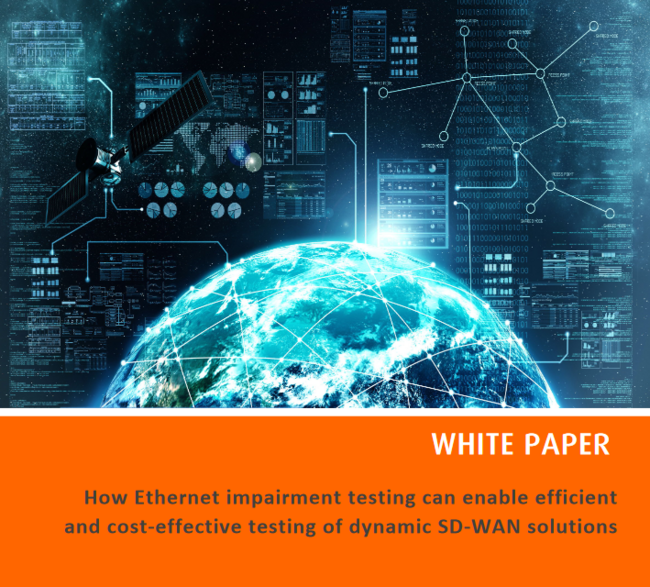
White Paper

Xena Networks: Plotting the performance landscape for SD-WAN
SD-WAN was first introduced to provide a reliable and cost-effective backup to MPLS-based enterprise WAN connectivity. As IP and Internet networks have become more reliable, along with the growth in adoption of cloud services, SD-WAN has evolved and is replacing branch office routers as the preferred WAN connectivity solution.
According to Gartner, 60% of enterprises will have implemented SD-WAN by 2024 compared to just 30% today. At least 30% of enterprise locations will only have Internet WAN connectivity, which is twice the current number. The impact of SD-WAN on the WAN infrastructure market is also clear with Gartner expecting a Compound Annual Growth Rate (CAGR) of -3.1% from 2017 to 2024 as cheaper SD-WAN solutions replace more expensive branch office routers
Nevertheless, one should not make the mistake of thinking that SD-WAN is less complex or intelligent. Quite the contrary in fact. The latest generation of SD-WAN solutions are expected to be application-aware and capable of determining the optimal path through the WAN in real-time on a per application basis. This includes cloud services with direct offload from the branch to co-located cloud edge services. In addition, sophisticated security capabilities are provided to support Zero Trust Network (ZTNA) and/or Secure Access Service Edge (SASE) concepts.
The sophistication of modern SD-WAN solutions allows a true de-coupling of WAN connectivity from the underlying transport mechanism, which is predominantly Ethernet based. It also means that there is little insight into the data transport layer, only to the tunneled SD-WAN connections that are supported. As data consumption continues to grow and more sophisticated and demanding Internet-based services contend for public Internet resources, the underlying data transport layer networks supporting SD-WAN are becoming more dynamic and unpredictable. Multiple choices can be available, such as fixed broadband access over copper or fiber, Fixed Wireless Access (FWA) or 5G mobile broadband, but when should one choose these options, and can one be sure that the current measured performance will be maintained?
Testing sophisticated SD-WAN appliances, virtual functions and services becomes challenging when the SD-WAN solution is intelligent, and the underlying data transport connectivity is dynamic and unpredictable. To ensure that SD-WAN solutions are resilient and robust in the face of unpredictable Ethernet-based network behavior, it is necessary to emulate potential network issues and verify that performance measurement capabilities and SD-WAN policies react appropriately.
Ethernet impairment testing can be used to emulate the underlying Ethernet-based data transport network and introduce errors, otherwise known as impairments, such as packet loss, latency, jitter and packet re-ordering that are likely to occur in dynamic public Internet networks. This technique can be used to create a “performance landscape” where the contours of performance limits can be plotted and understood.
Plotting the SD-WAN performance landscape can help improve the algorithms supporting intelligence in SD-WAN edge appliances and virtual functions as well as the policies and orchestration solutions used to control SD-WAN networks. It can form the basis for Service Level Agreements (SLAs) and it can be used to reproduce WAN connectivity issues that are difficult to resolve.
In short, plotting the performance landscape provides reassurance that the SD-WAN solution will work, no matter what.